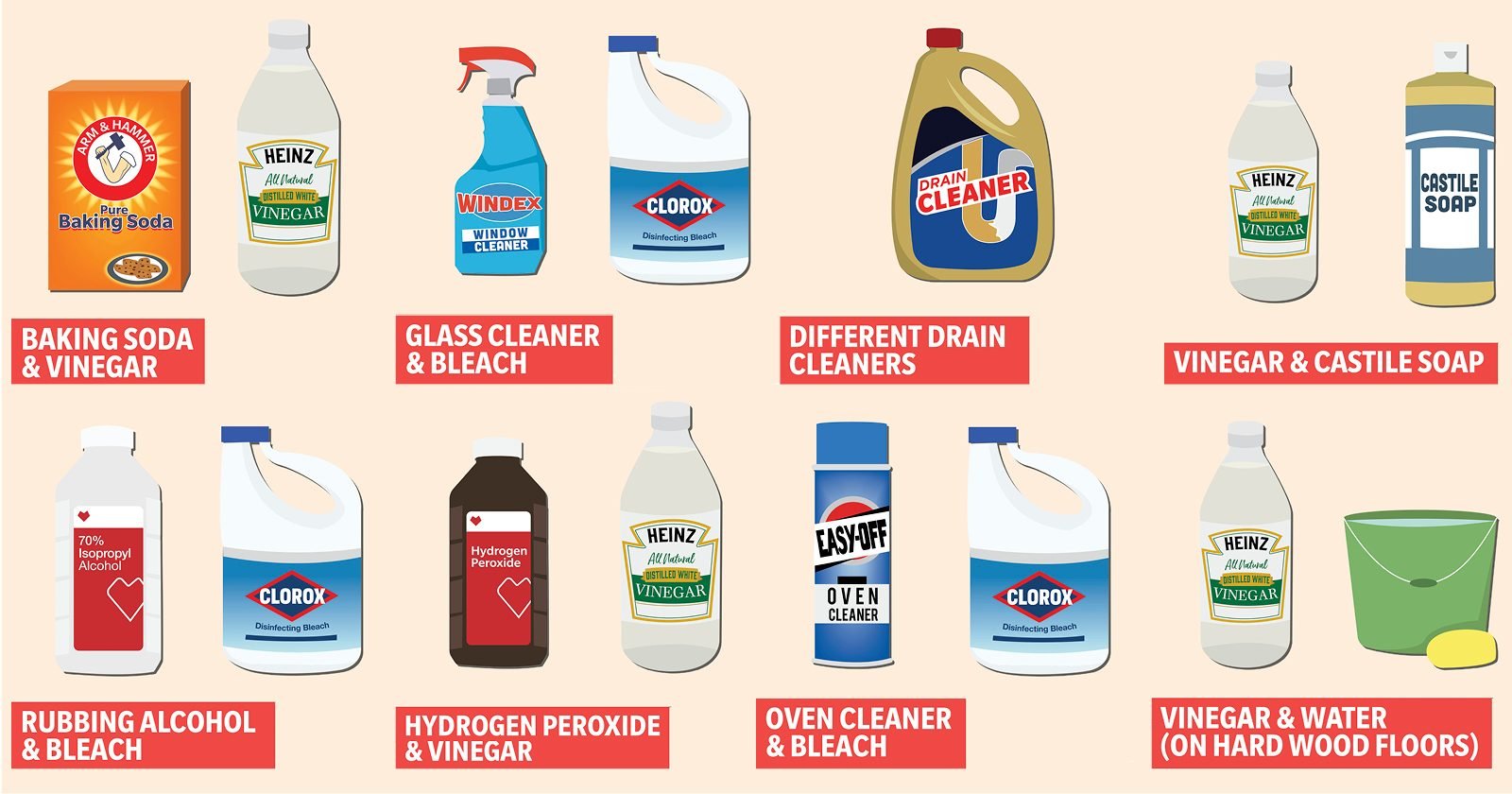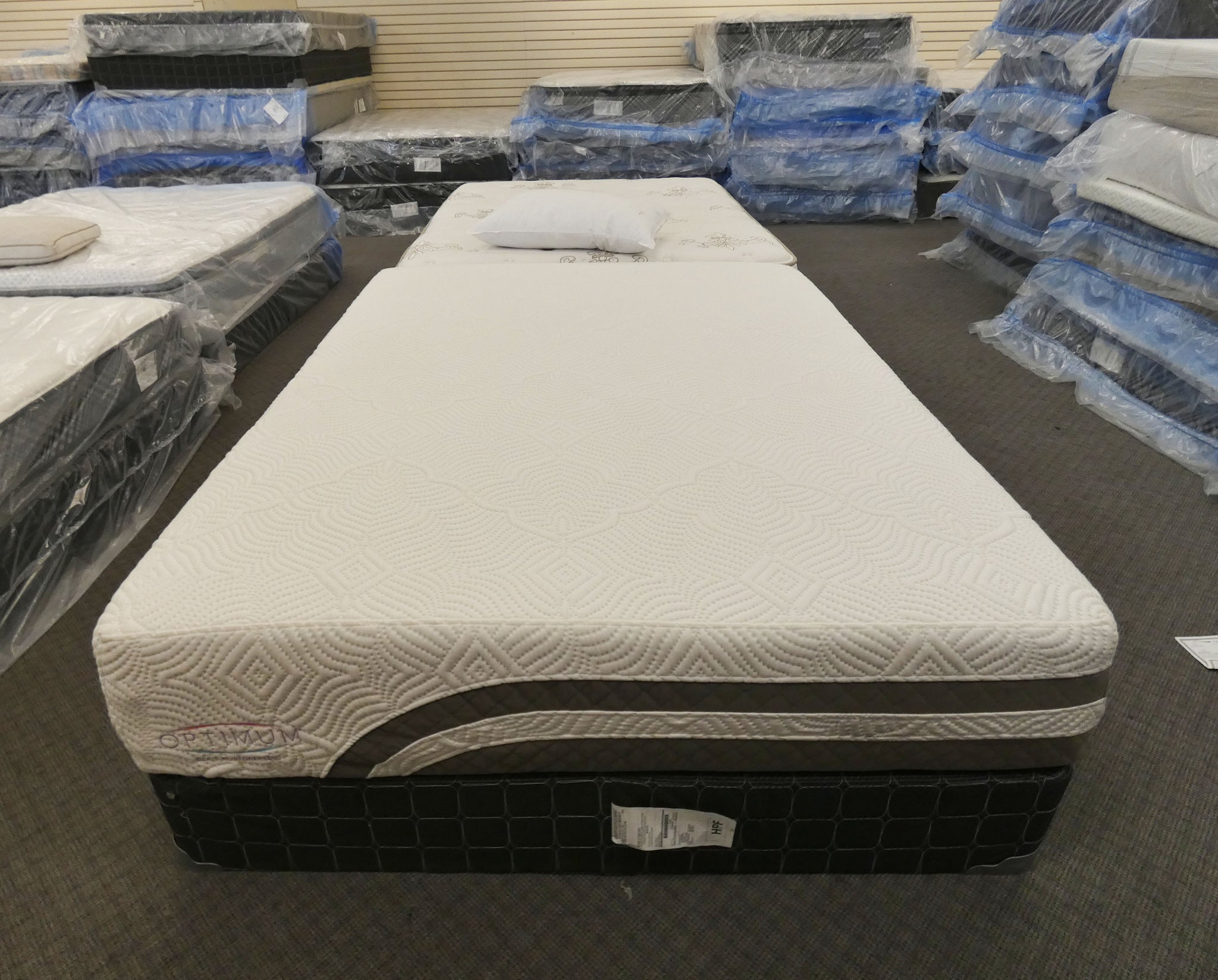If you’ve noticed a mysterious black residue inside your kitchen sink faucet, you’re not alone. This common issue can be caused by a variety of factors, including hard water, mineral buildup, and even mold or mildew growth. The good news is that with a little knowledge and elbow grease, you can effectively remove the black residue and prevent it from coming back.1. Causes of Black Residue in Sink Faucets
Before you can effectively clean the black residue in your sink faucet, it’s important to identify the underlying cause. If the residue is caused by mineral buildup, you can use a mixture of vinegar and water to dissolve and remove the deposits. For mold or mildew growth, a bleach solution or natural cleaner like tea tree oil can be effective. It’s also important to regularly clean your faucet with a mild soap and water to prevent buildup in the first place.2. How to Clean Black Residue in Kitchen Sink Faucets
If you prefer to use natural and DIY solutions for cleaning, there are several options for removing black residue from your sink faucet. Baking soda and water can be used to create a paste that can be applied to the residue and scrubbed away. Lemon juice is another effective natural cleaner that can help dissolve and remove mineral deposits.3. DIY Solutions for Black Residue in Sink Faucets
If you don’t have any specialized cleaners on hand, there are several common household products that can effectively remove black residue from your sink faucet. White vinegar, baking soda, and lemon juice are all effective options. You can also try rubbing alcohol, which can help dissolve mineral deposits.4. Common Household Products That Can Remove Black Residue in Sink Faucets
If the black residue in your sink faucet is particularly stubborn or extensive, you may need to call in the professionals. A plumber or cleaning service can use specialized tools and solutions to effectively remove the residue and ensure that your faucet is thoroughly cleaned and sanitized.5. Professional Cleaning Services for Black Residue in Sink Faucets
The key to preventing black residue buildup in your sink faucet is regular maintenance and cleaning. This includes wiping down your faucet after each use, using natural or DIY cleaners regularly, and checking for any leaks or issues that may contribute to buildup. You may also want to invest in a water softener to prevent mineral deposits from forming in the first place.6. Preventing Black Residue Buildup in Sink Faucets
While black residue in your sink faucet may be unsightly and unpleasant, it can also pose potential health risks. Mold and mildew can cause respiratory issues, while mineral buildup can affect the taste and quality of your water. Regular cleaning and maintenance can help prevent these health risks and keep your faucet functioning properly.7. Health Risks Associated with Black Residue in Sink Faucets
If your sink faucet is leaking, it can contribute to black residue buildup. To identify and fix leaks, start by checking the seals and connections for any wear or damage. You may also need to replace the cartridge or other internal components if they are old or damaged. Regularly checking for leaks and fixing them promptly can help prevent black residue and other issues.8. How to Identify and Fix Leaks in Sink Faucets That Cause Black Residue
Regular maintenance is crucial for preventing black residue buildup in your sink faucet. This includes regular cleaning and checking for leaks, as well as replacing any worn or damaged parts. It’s also important to address any hard water issues by using a water softener or regularly descaling your faucet to prevent mineral deposits.9. The Importance of Regular Maintenance for Sink Faucets to Avoid Black Residue
If you’ve tried all of the above solutions and are still struggling with black residue in your sink faucet, it may be time to consider upgrading to a new faucet. Newer models often have improved features and materials that make them less prone to residue buildup. Plus, upgrading can give your kitchen a fresh, updated look.10. Upgrading to a New Sink Faucet to Eliminate Black Residue Issues
The Importance of Regular Cleaning for Your Kitchen Sink Faucet

Preventing Black Residue Build-Up
 When it comes to designing a beautiful and functional kitchen, the sink faucet plays a crucial role. Not only does it provide the necessary water supply for cooking and cleaning, but it also adds to the overall aesthetic appeal of the space. However, a common issue that many homeowners face is the presence of black residue inside their kitchen sink faucet. This not only looks unsightly but can also pose potential health hazards. Therefore, it is essential to understand the causes of this problem and how regular cleaning can prevent it.
The black residue inside your kitchen sink faucet is most likely caused by a build-up of mineral deposits, soap scum, and bacteria. These substances can accumulate over time and create a breeding ground for harmful microorganisms. This not only affects the appearance of your faucet but can also contaminate the water flowing out of it. This can be especially concerning if you use your faucet for drinking water. Furthermore, the build-up can also affect the functionality of your faucet, causing it to clog or leak.
To prevent the formation of black residue, it is crucial to regularly clean your kitchen sink faucet. This includes wiping down the exterior with a mild cleanser and a soft cloth. For the interior, you can use a mixture of vinegar and water to dissolve any mineral deposits and kill bacteria. It is recommended to do this at least once a week to maintain a clean and hygienic faucet. Additionally, you can also invest in a faucet aerator, which helps to filter out impurities and reduce mineral build-up.
In conclusion, taking care of your kitchen sink faucet is an essential aspect of house design. Regular cleaning not only maintains its appearance but also ensures the safety and functionality of your faucet. By understanding the causes of black residue and implementing a cleaning routine, you can prevent this issue and enjoy a sparkling clean and healthy faucet in your kitchen. So, make sure to add faucet maintenance to your regular cleaning routine and keep your kitchen looking and functioning its best.
When it comes to designing a beautiful and functional kitchen, the sink faucet plays a crucial role. Not only does it provide the necessary water supply for cooking and cleaning, but it also adds to the overall aesthetic appeal of the space. However, a common issue that many homeowners face is the presence of black residue inside their kitchen sink faucet. This not only looks unsightly but can also pose potential health hazards. Therefore, it is essential to understand the causes of this problem and how regular cleaning can prevent it.
The black residue inside your kitchen sink faucet is most likely caused by a build-up of mineral deposits, soap scum, and bacteria. These substances can accumulate over time and create a breeding ground for harmful microorganisms. This not only affects the appearance of your faucet but can also contaminate the water flowing out of it. This can be especially concerning if you use your faucet for drinking water. Furthermore, the build-up can also affect the functionality of your faucet, causing it to clog or leak.
To prevent the formation of black residue, it is crucial to regularly clean your kitchen sink faucet. This includes wiping down the exterior with a mild cleanser and a soft cloth. For the interior, you can use a mixture of vinegar and water to dissolve any mineral deposits and kill bacteria. It is recommended to do this at least once a week to maintain a clean and hygienic faucet. Additionally, you can also invest in a faucet aerator, which helps to filter out impurities and reduce mineral build-up.
In conclusion, taking care of your kitchen sink faucet is an essential aspect of house design. Regular cleaning not only maintains its appearance but also ensures the safety and functionality of your faucet. By understanding the causes of black residue and implementing a cleaning routine, you can prevent this issue and enjoy a sparkling clean and healthy faucet in your kitchen. So, make sure to add faucet maintenance to your regular cleaning routine and keep your kitchen looking and functioning its best.























:strip_icc()/assorted-cleaning-solutions-plus-peanut-butter-594c8e41-6ca410ecabc646959db37d9888bffbca.jpg)


















































































